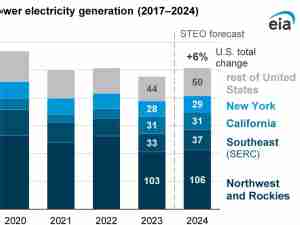Asian oil refiners are starting to see a recent resurgence in profitability go into reverse, eroding a source of demand strength that helped drive crude prices to an seven-year high last month.
Margins from processing crude across Asia slipped from recent highs this month as the return of some Covid-related travel curbs in China hit jet-fuel consumption, undermining progress made in opening up travel between countries with high vaccination rates.
At the same time, an early rush for back-up winter heating fuels including diesel has eased as concerns over natural gas and coal shortages abate, and panic over energy crises in China and India ebbs. As the fuel-buying frenzy—backed by anticipated gas-to-oil switching—gives way to a more moderate pace of consumption, Asian refiners are taking a hit to their profits.
Those dynamics offer another headwind to oil prices that are already faltering because of concerns about governments dropping strategic petroleum reserves into a market in which supplies are soon expected to pick up anyway.
“The market overreacted to the whole gas-to-oil switching, assuming a cold winter and reduced refinery supplies,” said Sri Paravaikkarasu, Asia oil lead at FGE. “Refineries globally are returning from maintenance and a big switch to oil hasn’t happened yet.”
FGE sees profits from converting crude to oil products for complex refiners in Asia at $4.25 a barrel in November, coming off from October when they stood at $5.10. The industry consultancy expects them to dip to $3.20 in December, before sliding further in January and February.
Last month, the region’s margins received a boost from a strong diesel market as China raced to produce and hoard more of the fuel that’s used in heavy vehicles, industries as well as in small-scale power generation sets. Skyrocketing coal and natural gas prices had prompted the rush, amid a near-crisis situation that China eventually averted through a series of initiatives to halt exports, boost imports, raise refinery output and ration pump sales.
Total exports of gasoline, diesel and jet fuel from China in October at about 564,000 barrels a day were a third lower than the average shipments in the previous nine months, according to Vortexa. Outbound diesel shipments saw the biggest decline as the country sought to preserve supplies for winter. The world’s largest oil importer also ordered an aggressive ramp up of coal production, which took more pressure off diesel.
Chinese fuel-export policy is the wild card, Bloomberg Intelligence analysts Horace Chan and Henik Fung said in a note on Thursday. The Asian refining giant’s presence in regional gasoline and diesel markets has faded since July, but overseas shipments may increase if fuel cracks rise and the country’s domestic power shortage eases, they said.
A cold winter could turn things around for refiners again, said Paravaikkarasu. Asia’s total oil product demand is likely to rise by 5.8% next year, the firm estimates. On top of that, regional fuel margins are likely to find some support since China slashed exports of diesel and gasoline.
“As manufacturing and industrial activity gathers more pace, we expect regional gasoil demand to recover to pre-pandemic levels in the first quarter of 2022,”she said.









